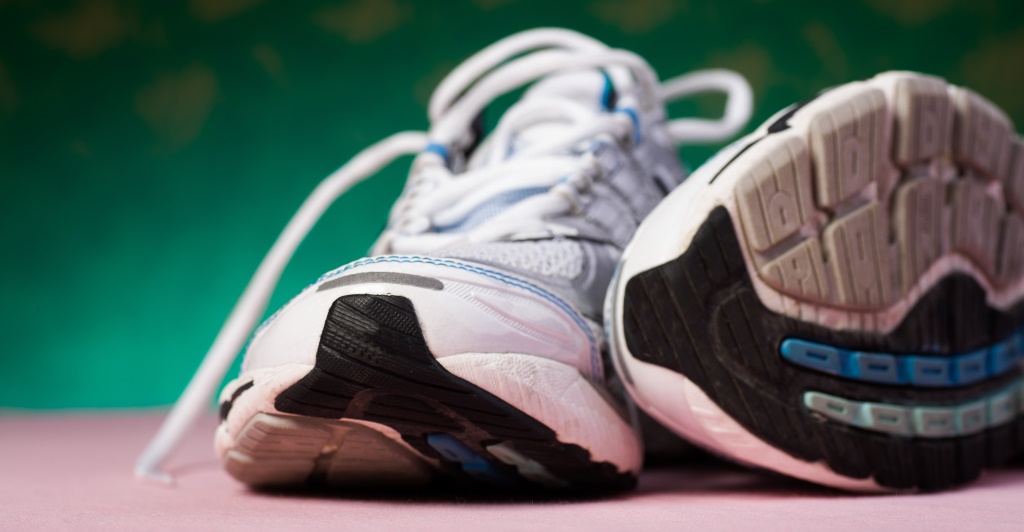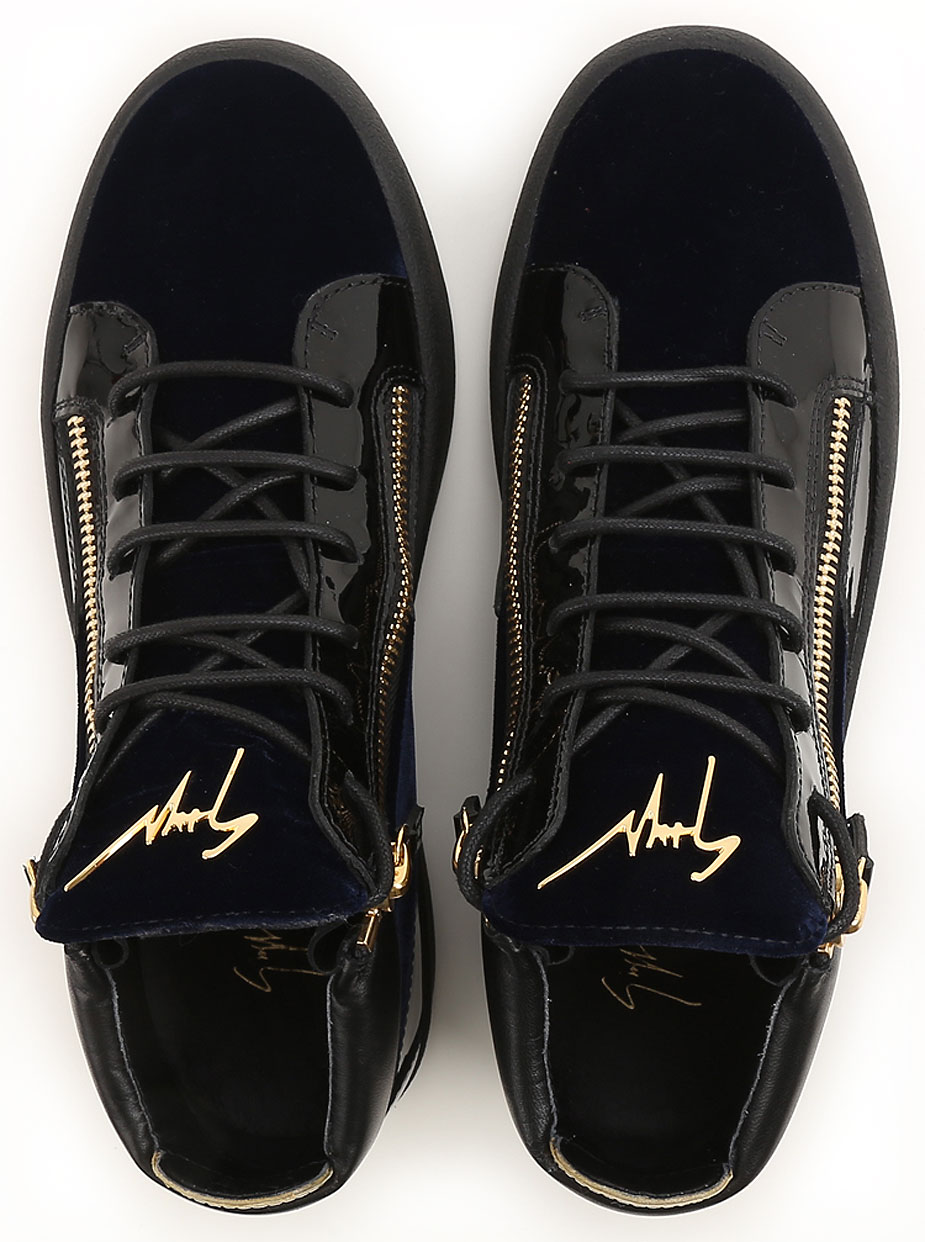Hiking boots last longer when you keep them clean and dry! No matter how perfect your running shoes were when you first bought them, they will reach their maximum mileage sooner or later. How many miles on shoes before replacing.
How Many Miles On Shoes Before Replacing, According to author and coach mario fraioli in his triathlete qa column, most running shoes last between 300 and 500 miles, and you should take about 100 miles off that range if theyre considered minimalist with less midsole/outsole material. Lighter shoes, such as racing shoes, may need to be replaced more often though. There is no set rule when it comes to replacing your running shoes. How many miles do you put on a pair of shoes before replacing them?
 When to Replace Running Shoes Run For Good From run-for-good.com
When to Replace Running Shoes Run For Good From run-for-good.com
Obviously if you’re a seasoned runner or professional that heads out on a long run each day, then this can mean you’re in need of a new pair of shoes much more frequently than someone who. The bottom or sides are visibly beaten up, the treads are worn out, or the midsole is wrinkling. However, if your running shoes are not showing any of the above signs of excessive wear, you may be able to wear them for longer without increasing the risk of injury. If you鈥檙e on the heavier runner or have poor biomechanics, then you should probably look at changing your running shoes after about 600km鈥檚 or 400 miles.
The heel counter of the shoe helps hold the heel on top of the midsole and prevents excessive heel motion.
Read another article:
How many miles before replacing shocks 10 out of 10 based on 295 ratings. Shows signs of unevenness when placed on flat surface. It’s time to replace your boots when they’re not comfortable and affect your ability to hike as fast or as safely. So when you hit that 800km or 500 miles mark, you know you should start shopping. However, if your running shoes are not showing any of the above signs of excessive wear, you may be able to wear them for longer without increasing the risk of injury.
 Source: findmyrunningshoes.com
Source: findmyrunningshoes.com
If you鈥檙e on the heavier runner or have poor biomechanics, then you should probably look at changing your running shoes after about 600km鈥檚 or 400 miles. After that, most shoes will lose the resiliency of their midsole cushioning — which means less shock absorption and more impact on your joints and muscles as you run. When should i replace my running shoes some guidelines. However, if your running shoes are not showing any of the above signs of excessive wear, you may be able to wear them for longer without increasing the risk of injury. HOW LONG DO RUNNING SHOES LAST?.
 Source: reddit.com
Source: reddit.com
After that, most shoes will lose the resiliency of their midsole cushioning — which means less shock absorption and more impact on your joints and muscles as you run. That�s roughly every 300 to 500 miles, which equates to approximately four to six months for someone who runs 20 miles. After that, most shoes will lose the resiliency of their midsole cushioning — which means less shock absorption and more impact on your joints and muscles as you run. But what if you’ve lost track — or you want to be extra cautious about overuse? Before, after. What putting 2,500 miles on a pair of boots.
 Source: effortlessgent.com
Source: effortlessgent.com
How many miles before you change running shoes? Obviously if you’re a seasoned runner or professional that heads out on a long run each day, then this can mean you’re in need of a new pair of shoes much more frequently than someone who. But what if you’ve lost track — or you want to be extra cautious about overuse? The heel counter of the shoe helps hold the heel on top of the midsole and prevents excessive heel motion. Sole Protectors Pros, Cons, and How to Glue Your Own.
 Source: bikeforums.net
Source: bikeforums.net
How many miles do you put on a pair of shoes before replacing them? The final numbers depend on long you use your boots, where you use them and how well they were made. To help customers stay on top of how many miles the shoe has accumulated, weich. The general rule of thumb is that you should get between 800 to 1000 kilometres or 500 to 650 miles out of a pair of running shoes. Eliminating cleated shoe hotspot by replacing shoe Bike.
![]() Source: active.sweatband.com
Source: active.sweatband.com
How many miles before replacing shocks 10 out of 10 based on 295 ratings. However, if your running shoes are not showing any of the above signs of excessive wear, you may be able to wear them for longer without increasing the risk of injury. Lighter runners can get new shoes at the upper end of the recommendation while heavier runners should consider replacement shoes closer to 300 miles.may 16, 2019 There is no set rule when it comes to replacing your running shoes. 10 Big Running Mistakes to Avoid and How to Fix Them.
 Source: moderncobblery.com
Source: moderncobblery.com
The general rule of thumb is that you should get between 800 to 1000 kilometres or 500 to 650 miles out of a pair of running shoes. Hiking boots last longer when you keep them clean and dry! No matter how perfect your running shoes were when you first bought them, they will reach their maximum mileage sooner or later. To help customers stay on top of how many miles the shoe has accumulated, weich. Red Wing Boot Repair — Modern Cobblery™.
 Source: run-for-good.com
Source: run-for-good.com
But it’s also likely that you know other runners who get endless mileage out of a single pair of shoes with no apparent ill effect. How many miles should you get out of a pair of shoes? How many miles before you change running shoes? Plan on replacing your fitness walking shoes every three to six months, or by 500 miles. When to Replace Running Shoes Run For Good.
 Source: runnersconnect.net
Source: runnersconnect.net
Lighter runners can get new shoes at the upper end of the recommendation while heavier runners should consider replacement shoes closer to 300 miles.may 16, 2019 If you are walking 30 minutes a day or an average of three to four hours a week, replace your shoes every six months. Obviously if you’re a seasoned runner or professional that heads out on a long run each day, then this can mean you’re in need of a new pair of shoes much more frequently than someone who. Lighter runners can get new shoes at the upper end of the recommendation while heavier runners should consider replacement shoes closer to 300 miles.may 16, 2019 Does Rotating Your Shoes Reduce Your Risk of Running Injuries?.
 Source: sporttracks.mobi
Source: sporttracks.mobi
Brooks, for example, comes right out. No matter how perfect your running shoes were when you first bought them, they will reach their maximum mileage sooner or later. To monitor your distance traveled, simply employ an activity tracking device to measure the number of miles you cover on each run, then keep a tally of the overall number of miles for each pair of shoes. Lighter runners can get new shoes at the upper end of the recommendation while heavier runners should consider replacement shoes closer to 300 miles.may 16, 2019 Gear SportTracks.
 Source: caitchock.com
Source: caitchock.com
No matter how perfect your running shoes were when you first bought them, they will reach their maximum mileage sooner or later. For most people, running shoes have optimal cushioning between 300 to 400 miles. The bottom or sides are visibly beaten up, the treads are worn out, or the midsole is wrinkling. Yes, brooks’ claim that their shoes last between 300 and 500 miles is the standard lifespan for running shoes. The Case of the 500 Mile Shoe How Often Do You Really.

Most experts agree that running shoes should be replaced every 300 to 500 miles. Obviously if you’re a seasoned runner or professional that heads out on a long run each day, then this can mean you’re in need of a new pair of shoes much more frequently than someone who. Yes, brooks’ claim that their shoes last between 300 and 500 miles is the standard lifespan for running shoes. To monitor your distance traveled, simply employ an activity tracking device to measure the number of miles you cover on each run, then keep a tally of the overall number of miles for each pair of shoes. DETROIT RUNNER…. July 2011.
 Source: pinterest.com
Source: pinterest.com
How many miles before replacing your running shoes? Here’s how to spot the signs of “shoe death” that tell you it’s time to replace your running shoes: Experts recommend you replace your running shoes every 500 to 750 kilometers. There is no set rule when it comes to replacing your running shoes. Beginner’s Guide to Choosing the Right Running Shoes.
 Source: effortlessgent.com
Source: effortlessgent.com
However, if your running shoes are not showing any of the above signs of excessive wear, you may be able to wear them for longer without increasing the risk of injury. If you鈥檙e on the heavier runner or have poor biomechanics, then you should probably look at changing your running shoes after about 600km鈥檚 or 400 miles. If you ask the big shoe brands how often you should replace your running kicks, they’re going to give you a mileage estimate. Lighter shoes, such as racing shoes, may need to be replaced more often though. Sole Protectors Pros, Cons, and How to Glue Your Own.
 Source: pinterest.com
Source: pinterest.com
Shoe manufacturers generally recommend running between 300 and 500 miles in a pair of shoes before replacing them. As a general rule, you should consider changing your running shoes between every 400 to 500 miles. I injured myself a while back running on old shoes, but i�m not sure when�s the best time to replace my current shoes. Refer to image b and c. This Gadget Knows When to Replace Your Running Shoes.
 Source: arturciesielski.com
Source: arturciesielski.com
If you ask the big shoe brands how often you should replace your running kicks, they’re going to give you a mileage estimate. As a general rule, replace your running shoes after 300 to 500 miles (three to six months, depending on how much you run). To monitor your distance traveled, simply employ an activity tracking device to measure the number of miles you cover on each run, then keep a tally of the overall number of miles for each pair of shoes. Hiking boots last longer when you keep them clean and dry! Vivobarefoot Motus My Favorite Trail Running And Mountain.







